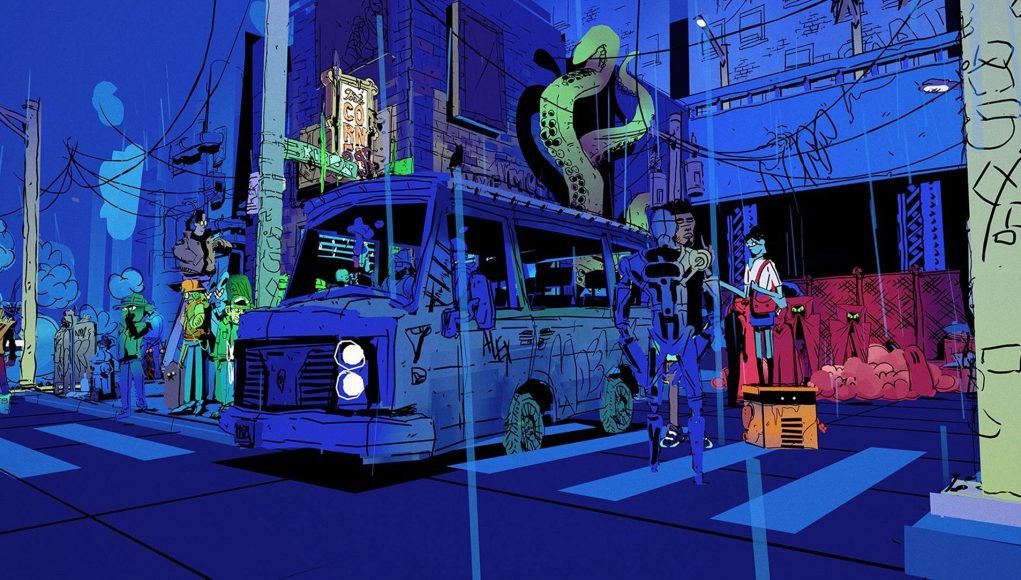The Museum of Other Realities (MOR) first launched into Early Access on PC VR headsets in June 2019, bringing with it a curated selection of multi-sensory art pieces from some of the medium’s most talented illustrators, animators, and engineers. Now, the group of artists behind the space has officially released MOR out of Early Access with its 1.0 update.
The MOR, a social VR experience at its core, houses a growing collection of interactive art and experiments from the likes of some familiar names in both the VR game & art scene, including Rosie Summers, Kevin Mack, Danny Bittman, Isaac Cohen, Liz Edwards, Nick Ladd, and Vladimir Ilic. Check out the full list of contributing artists here.
In a recent blog post, the artist group calls the 1.0 update “one of the biggest updates […] made to the MOR,” which includes new architecture, art, and some quality of life updates such as an improved avatar creation, wayfinding and navigation of the space.
If you’ve already popped into the MOR, its creators maintain that it “isn’t the MOR you remember, it’s much bigger and bolder, with a new design and artwork spanning two floors.”
“During our time in Early Access, we had the opportunity to hear from the community, which in turn, helped us iterate based on the valuable feedback we’ve received,” the developers say. “We’re also glad to have worked with so many amazing artists who have contributed so much to the MOR.”
The MOR team is said to have gone back and forth with its artists and architects over the last year to create a space that aims to “blow the audience away.” Along with the redesign, which increased the space significantly, its creators hope the MOR becomes a place always worth returning to as you discover more and more.
As a paid app costing $20, the creators say The MOR was designed to support artists “who are challenging and redefining what is possible with virtual reality art.” You can find it on Steam and Viveport, supporting HTC Vive, Oculus Rift, and Valve Index.







